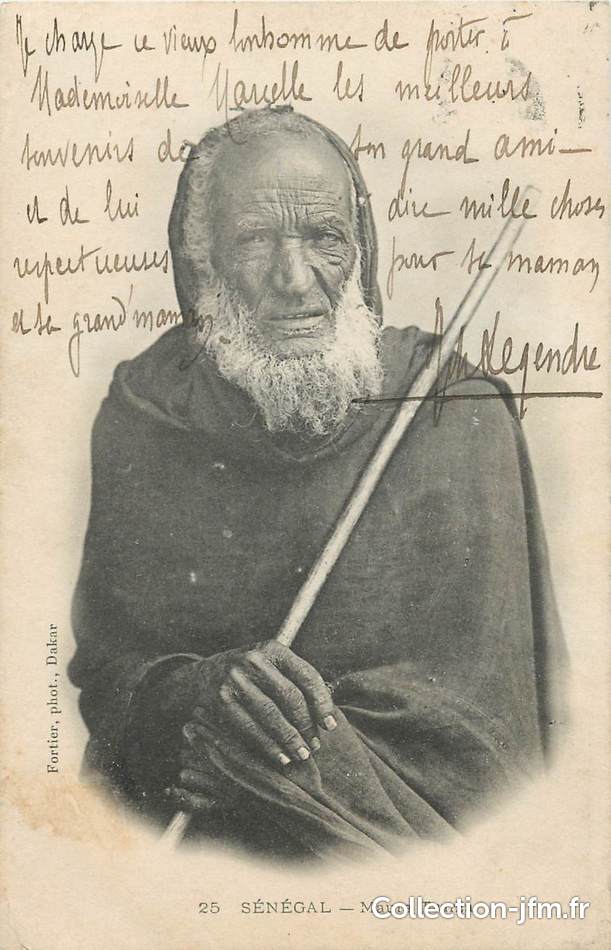MischievousMonkey
Gor bu dëgër
Thanks for the contributions  Great pictures with great descriptions!
Great pictures with great descriptions!
 Great pictures with great descriptions!
Great pictures with great descriptions! Great pictures with great descriptions!
Great pictures with great descriptions!
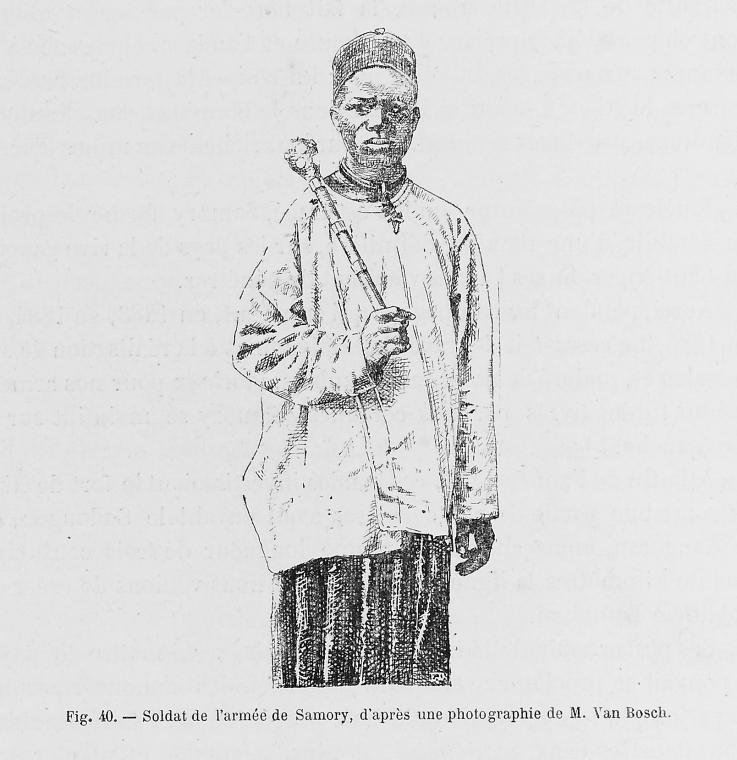
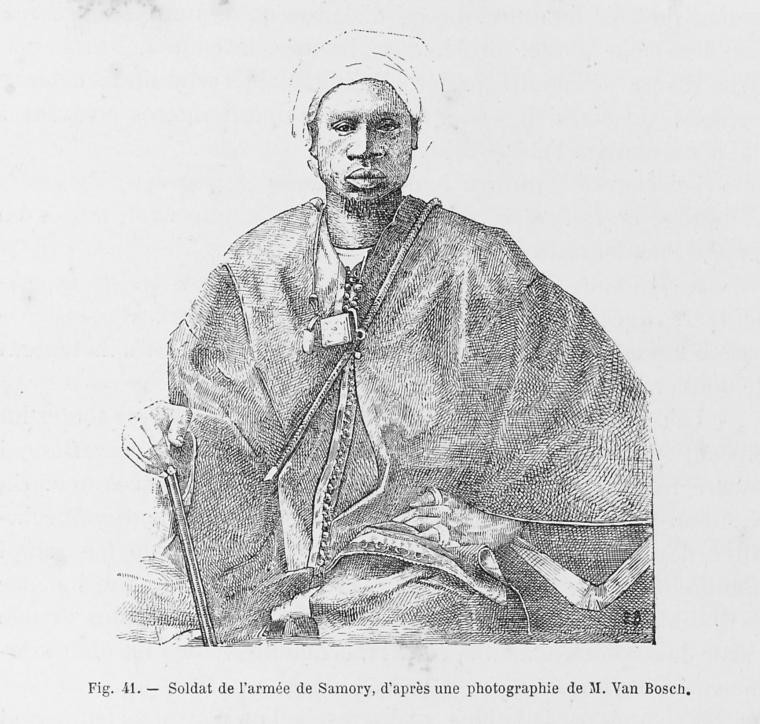
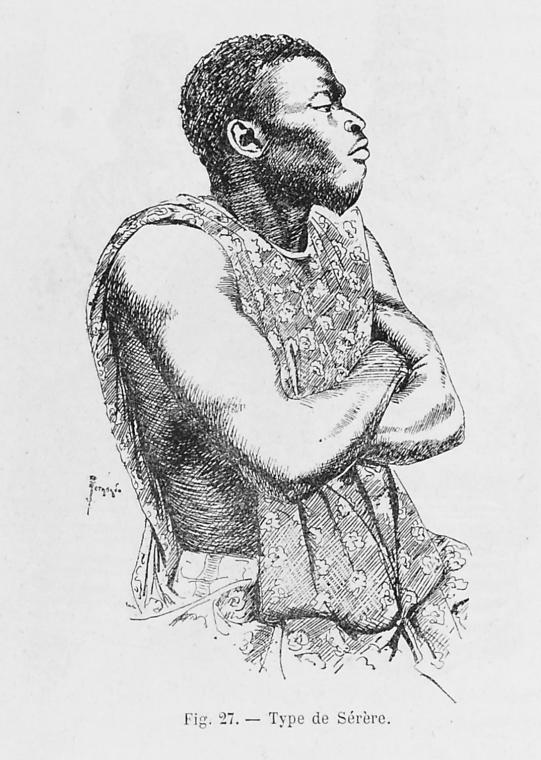

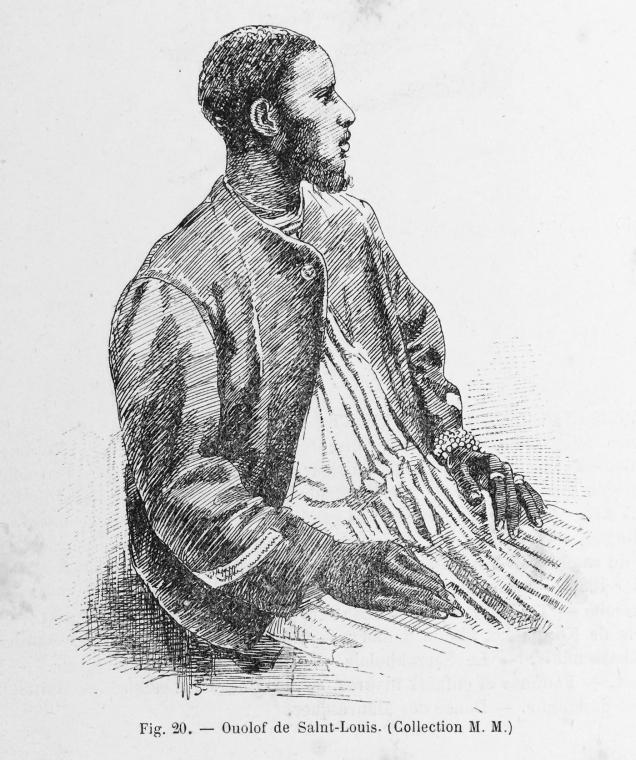
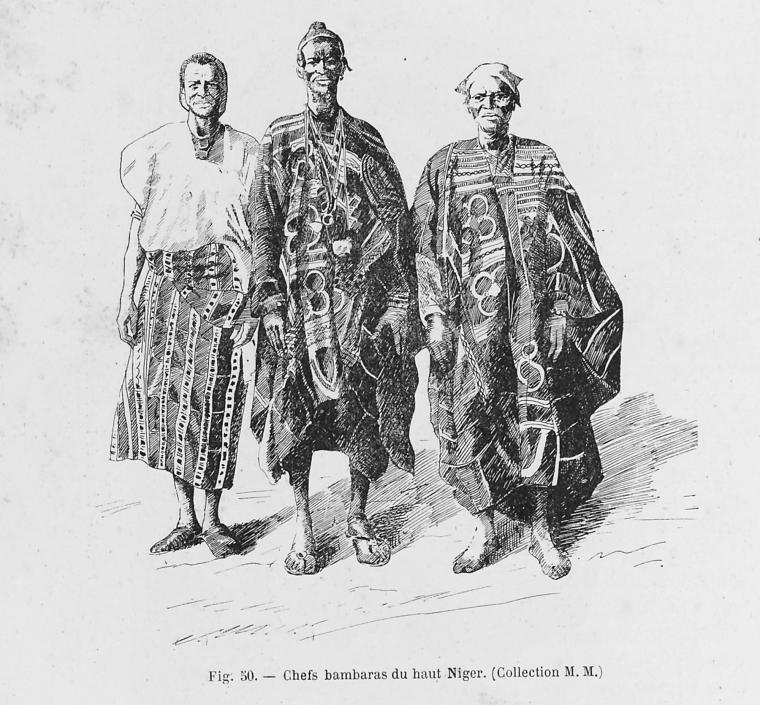
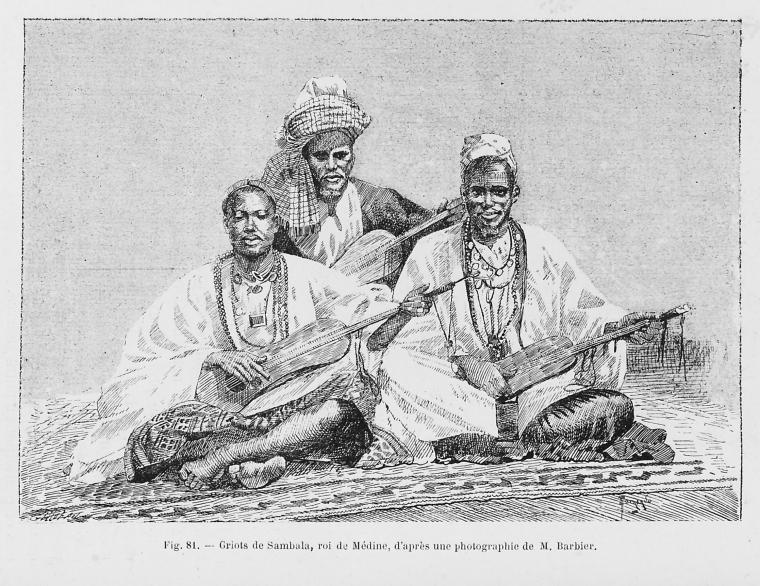
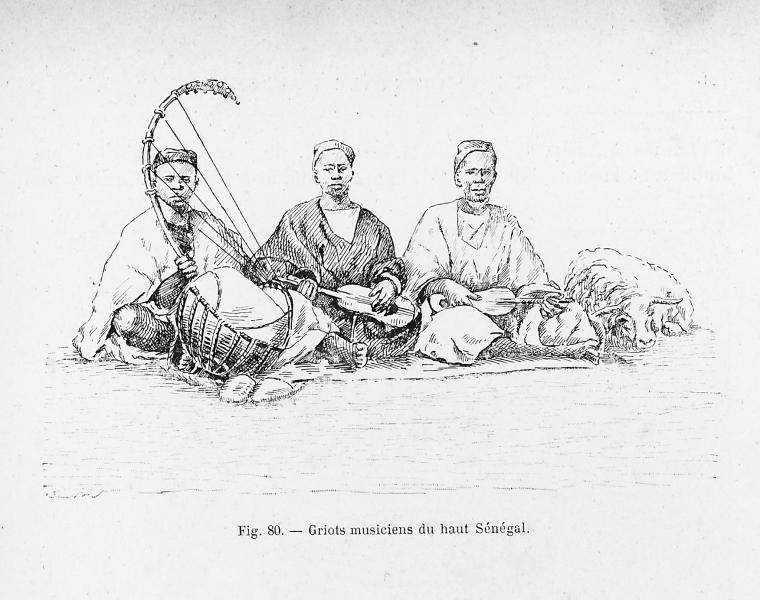
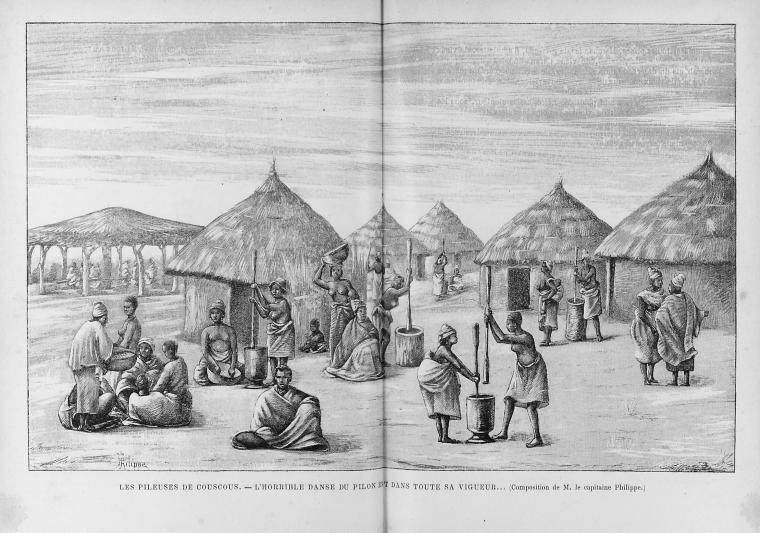
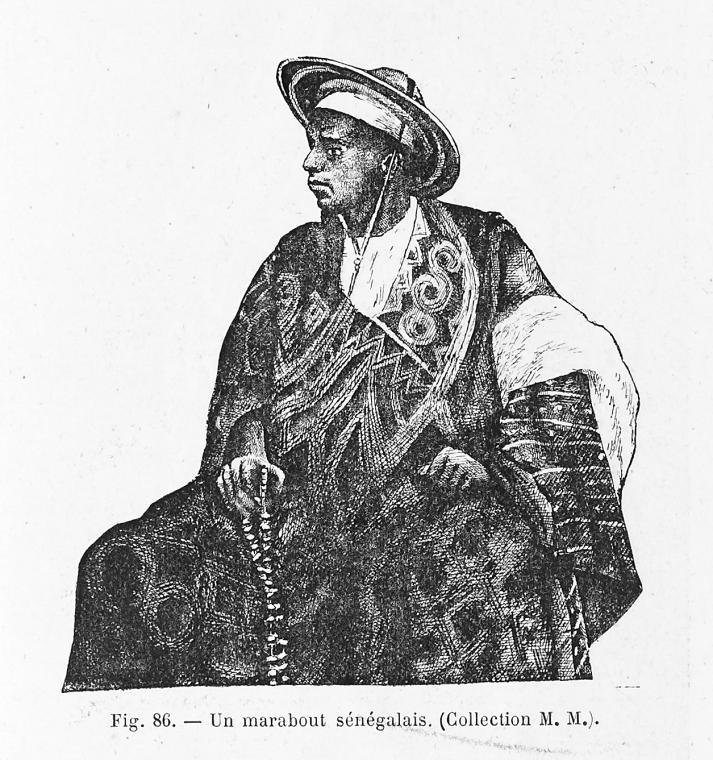
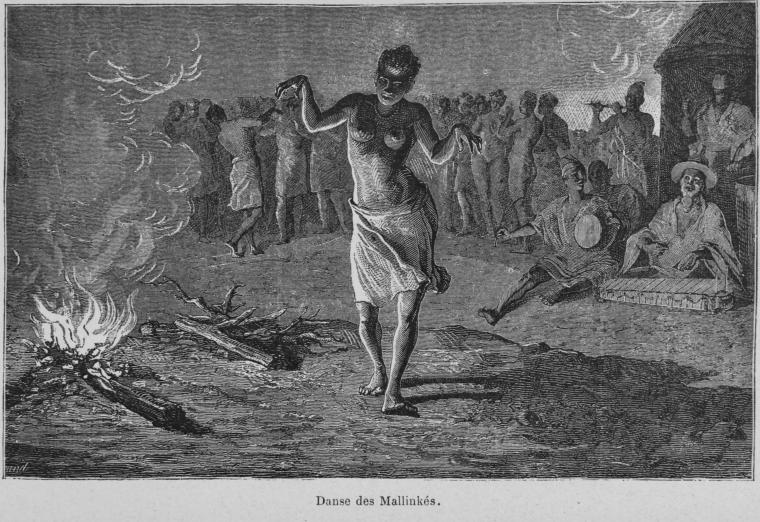
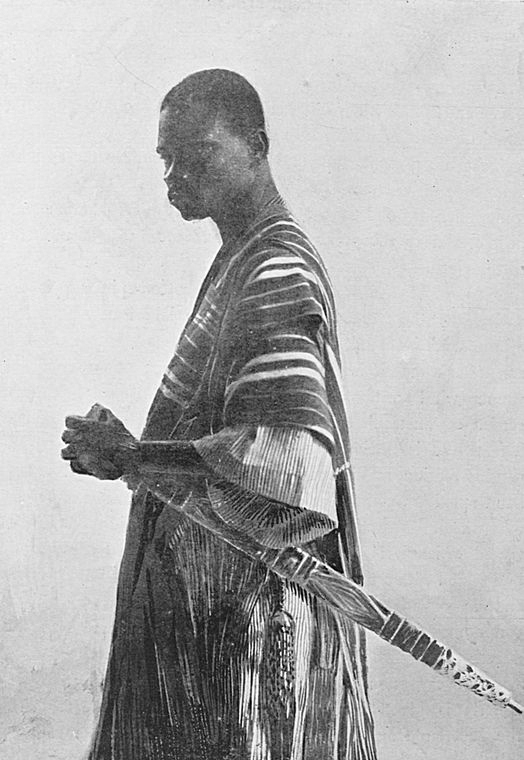
 . Breh looks like he’s NOT playing with the swordmanship
. Breh looks like he’s NOT playing with the swordmanship  I'm trying to see a movie or play a videogame with him as a main character
I'm trying to see a movie or play a videogame with him as a main character 
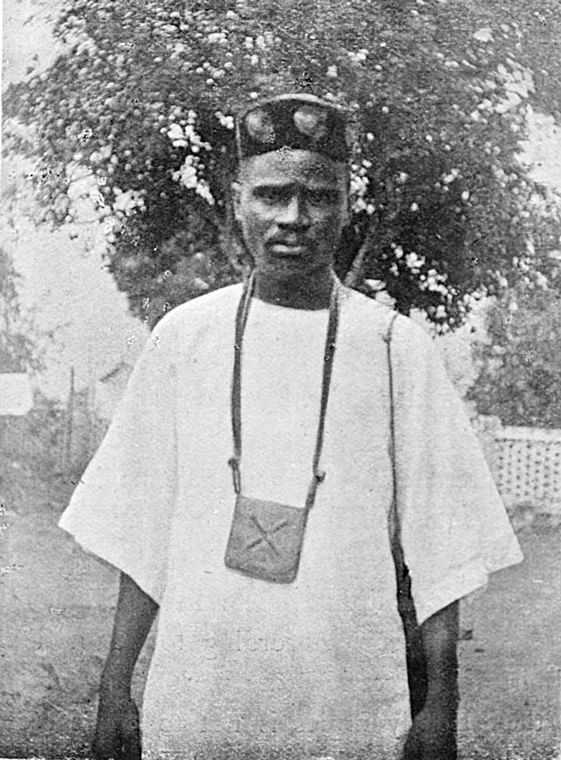
 but also Senegal’s history
but also Senegal’s history 


Brother man with the Malcolm X medallion 104 years early.
Another Mandingo, in the same year, wearing an amulet.
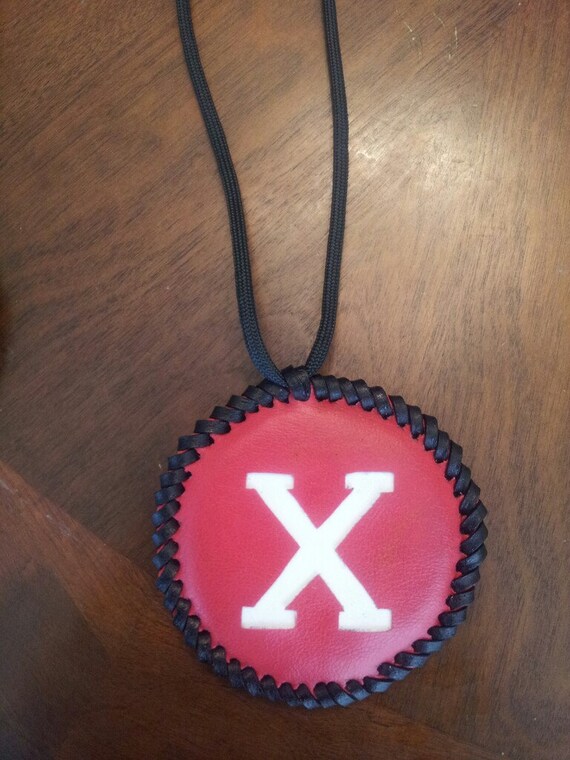
What was the post topic?Next post is going to be interesting… I will talk about something few of you probably know, and that is coincidentally very related to the Coli culturebut also Senegal’s history

The Signares from Senegal. I'll probably do it tomorrow!What was the post topic?














It made Maples uncomfortable to talk about this part of their history,
even though headhunting and slavery were common in West Africa even before the Trans-Atlantic slave trade begin.

so they were basically bedwenches? no offense.About the Signares
There is a lot of information about the Signares on the francophone internet. Unfortunately, when I checked for english sources about these women, and ended up on articles written on sites such as nrp or even the dedicated Wikipedia page, I found out that some of this information got either lost in translation, or purposefully erased as a consequence of the effort of recuperation of this piece of history, motivated by the obvious goal to turn it as an icon for feminism. Even though the power accumulated by these women is indeed an important aspect of their story, erasing or attempting to muffle the undisputably controversial aspect of their activities doesn’t sit right with me. fukk that
To make a very long story short, the word signare comes from the portuguese word senhora which means « madam ». These African merchant women, some of few means, some of a lot, from Wolof or Lebou tribes, initially saw the arrival of the Portuguese on the region’s coasts as a possible come up. They linked up intimately, and founded together the first mixed communities in this part of the continent.

Aquarelle of Signare
Then, the English and the French pulled up, meddling with the Wolof kings’ internal beefs and turning the whole area into a war zone. The signare communities had no choice but to move towards the coastal Islands, Saint Louis and Gorée. There, they practiced the same strategy they applied with the Portuguese : becoming the wives of english and french men setting up in the island. Since these men weren’t planning to live there indefinitely, the signares often « wed » four or five consecutive european men in order to gain access to the ressources they brought with them. Of these unions, they not only obtained kids, but houses, capital and slaves. That’s how they first gain power.

Gorée Signare and her slaves
They associated to the point where their mulatto communities became large enough to allow the weddings to be predominantly between mulattos, as a way to maintain their status, culture and capital transmitted from mother to daughter through generations. At this point, when they married Europeans, it never was simple sailors anymore, but only those associated with the european bourgeoisie, so as to build a network of familial ties between Europe and their communities. This was in part done to gain protection from the brutal European slave traders operating in the islands as well as the rejection of black populations.

Signare in Touba with her slave in the 1840s. Apparently, the original piece being an aquarelle contributed to exoticize the Signare. Notice how it is described in what was 1861 as "a Signare and a Negress".
No need to say that with the continued french implementation through the decades, and way before that, these signares communities progressively separated from their african roots and integrated their own european-affiliated paradigm. History tells they threw huge parties, wore expensive and rich clothing and jewelry, parading through the streets with their slaves also decorated to show off their power.

Signare ball
The Jewelry they wore recreated






The abolishment of slavery, as well as other events, caused their fall. As colonization progressed, French men started to come to the continent with their wives and a renewed theorized racism, and got desinterested in the Signares. Their association with English men (needless to say that English and France were not fukking with each other) also participated in the sentiment that these women were traitors, but also women of little virtue, prostitutes with devious customs. It signed the end of the signares.
During the 60s, as the themes of mixing in the context of mondialism got popular, their image got a lil better. Scouring through articles now, I notice that there is an obvious attempt, from Occidental observers notably, of making these women a feminist symbol. A « women gaining power through their smarts and their look, building societies » empowerment story.
This npr article for example (NPR Choice page), about this white American woman collecting many of the jewelry the Signares wore (that were being destroyed by Senegal artisans to make new pieces with different motives), who opened a gallery about them and commissionned senegalese artists to produce more Signare art.


I advise yall to read the very short article so as to make your own opinion, but the longer one from her website (In Senegal, Female Empowerment, Prestige and Wealth Is Measured in Glittering Gold | At the Smithsonian | Smithsonian) is even more telling. You find nasty and pretty stupid rhetoric like this:
which is what happens when you let these people tell our history
Sheesh. Crazy power and influence. Presidents and politicians have to pay their respect to them. They're the most powerful in this country as far as I know.@MischievousMonkey how much influence do the Mouride Brother have in Senegal society? I see that they recently built the biggest mosque in black african. How long is there money, how far they go back?
I'm very aware of the Coli culture on the subject like I said in that other post, so I know how their story is going to be perceived.so they were basically bedwenches? no offense.

